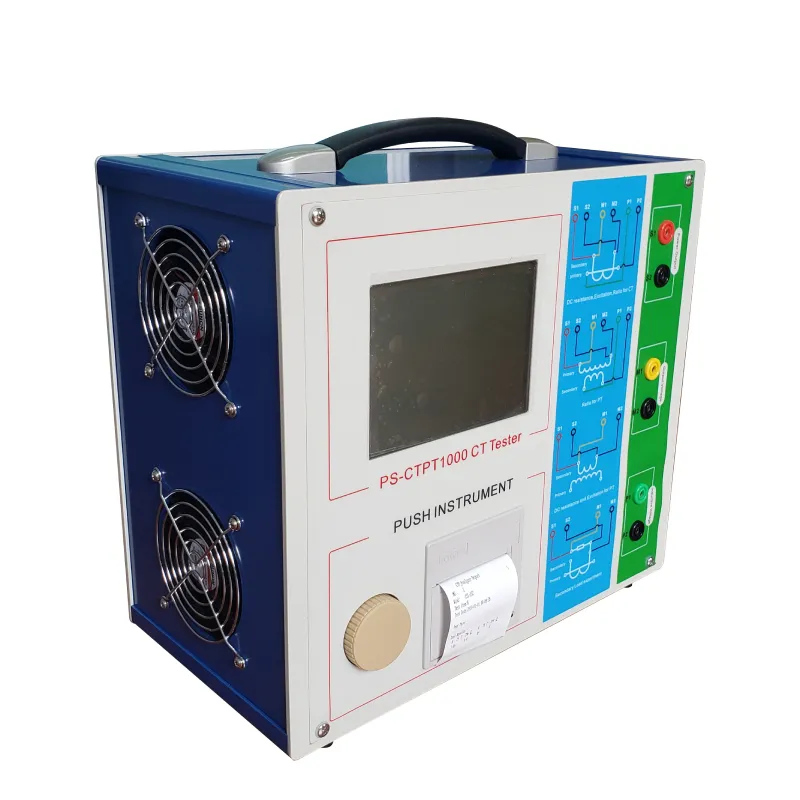 English
English


testing a transformer using multimeter
Testing a Transformer Using a Multimeter
Transformers are essential components in many electrical and electronic devices, serving to step up or step down voltage levels as required. However, like any electrical component, they can fail over time or due to unexpected conditions. Testing a transformer is crucial to ensure it is functioning properly before integrating it back into a circuit or replacing it. A multimeter is a versatile tool that can help you safely and effectively test a transformer.
Understanding the Basics of a Transformer
Before diving into testing procedures, it’s essential to understand how a transformer works. A basic transformer consists of two coils of wire, known as the primary and secondary windings, wrapped around a ferromagnetic core. The primary winding receives electrical energy, creating a magnetic field that induces a voltage in the secondary winding. The voltage transformation ratio depends on the turns ratio of the windings.
Tools Required
To test a transformer, you will need 1. A digital or analog multimeter. 2. Insulated wire or probes. 3. Safety equipment such as gloves and goggles.
Safety First
Before starting any testing, ensure the transformer is disconnected from the power source
. Testing a powered transformer can lead to electric shock and damage to the multimeter.testing a transformer using multimeter

Steps to Test a Transformer
1. Visual Inspection Begin with a thorough visual inspection of the transformer. Look for signs of physical damage, such as cracks, burns, or melted insulation. Pay attention to any unusual odors, which could indicate overheating.
2. Testing the Primary Winding Set your multimeter to the resistance (Ohm) setting. Connect the multimeter probes to the terminals of the primary winding. A good transformer will usually show a resistance value in the range specified in its datasheet. If the reading is significantly lower (indicating a short circuit) or very high (indicating an open circuit), the primary winding may be faulty.
3. Testing the Secondary Winding Similarly, test the secondary winding by connecting the probes to its terminals. Again, compare the resistance reading to the manufacturer's specifications.
4. Checking for Isolation Switch the multimeter to the highest resistance setting and check for isolation between the windings and the core. Place one probe on the primary winding terminal and the other on the core. Repeat for the secondary winding. There should be no continuity (an infinite resistance reading), indicating proper insulation. If there's continuity, the transformer may be shorted, requiring replacement.
5. Voltage Testing (if applicable) If the transformer passed the resistance tests, you can perform a voltage test. Reconnect the transformer to a suitable power source. Measure the voltage on the primary and secondary sides, ensuring that the output matches the transformer's specifications.
Conclusion
Testing a transformer with a multimeter is a straightforward process that can save time and prevent further damage to electrical components. By following safety precautions and systematic testing procedures, you can quickly determine the health of a transformer. If any abnormalities are detected during the testing process, it is often best to replace the transformer rather than risk further complications. Regular maintenance and testing can enhance the lifespan and reliability of electrical systems, ensuring safe operations across various applications.
-
Differences between open cup flash point tester and closed cup flash point testerNewsOct.31,2024
-
The Reliable Load Tap ChangerNewsOct.23,2024
-
The Essential Guide to Hipot TestersNewsOct.23,2024
-
The Digital Insulation TesterNewsOct.23,2024
-
The Best Earth Loop Impedance Tester for SaleNewsOct.23,2024
-
Tan Delta Tester--The Essential Tool for Electrical Insulation TestingNewsOct.23,2024





